Camouflage pattern Vietnam Tigerstripe
The country, officially known today as the "Socialist Republic of Vietnam," was once part of the so-called French Indochina. After the Japanese occupation (immediately after World War II), the people from Việt Minh (who actively fought against the Japanese during World War II) were, of course, strongly opposed to being re-occupied by the French after the war. This led to the First Indochina War (from 1946 to 1954). Ten years later, this war was ended thanks to the Geneva Conference in 1954. This resulted in Indochina becoming independent from France, leading to the creation of nations in the traditionally Vietnamese territory: the "Democratic Republic of Vietnam" in the north and the "State of Vietnam" in the south. There was peace for only about a year after Ngô Đình Diệm deposed Emperor Bảo Đại, leading to South Vietnam's formation. His refusal to negotiate with North Vietnam on organizing national democratic elections eventually led to the gradual disintegration of diplomatic relations between the two countries, leading to the Second Indochina War (from 1959 to 1975). Vietnam reunified in 1975 after the USA and its allies withdrew all forces from South Vietnam. Since North Vietnam also withdrew (literally and in terms of claims), the entire country was eventually officially renamed "Socialist Republic of Vietnam." The country remains this to this day.
Vietnam brought down the notorious Khmer Rouge in Cambodia in 1978. This caused tensions with China, eventually resulting in a short Sino-Vietnamese war between February and March 1979. However, Vietnamese forces remained in Cambodia until 1989.
The armed forces of Vietnam are known as the "Vietnam People's Army" or "VPA," and include land defense forces, border defense forces, and the navy, along with the maritime police and air forces. The national police here is called the "Socialist Police of Vietnam" and, as is customary in other countries, takes care of public safety and law enforcement.
Since the Second Indochina War, Vietnamese forces have used a large volume of camouflage patterns, usually locally produced. Some units even wear VPA-style uniforms made from surplus left over from the Republic of Vietnam.
What camouflage patterns did North Vietnam use?
Standard operational uniforms of the NVA were olive green, but sabotage units wore "đặc công" (special leaf-type) during the Vietnam War. At least two color variations are known. This camouflage pattern later reappeared as a VPA version in a number of pattern variations.
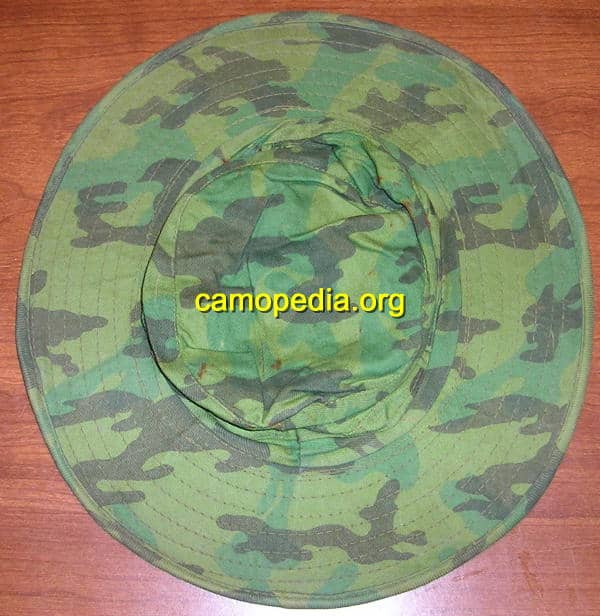
What camouflage patterns did South Vietnam use?
"Vietnamese special units" and air units received this spotted/dotted camouflage pattern in the 1980s. Even though a wider array of camouflage was available after 1990, its use by "đặc công" continues. The green version below is considered the oldest version of this type of camouflage.
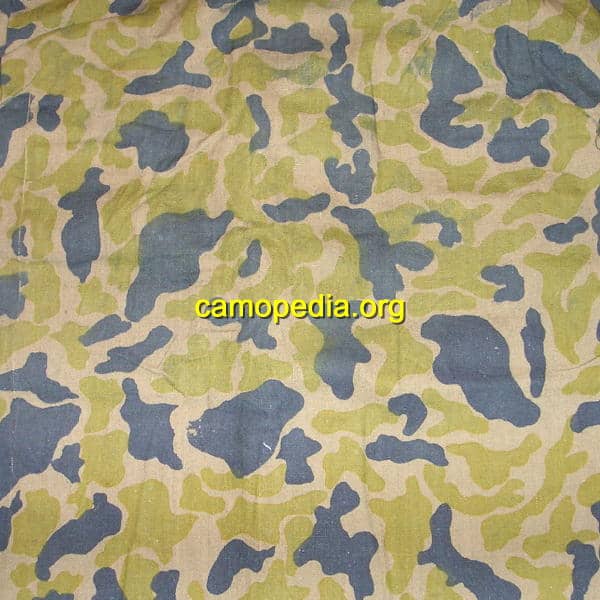
Another spotted/dotted camouflage pattern worn by "đặc công" ("VPA commandos") is below. Although it clearly belongs to the same family of camouflage designs, the two below use completely different base-level drawings and colors. This appears to be a newer generation of local camouflage and is still used by the "VPA" specials.
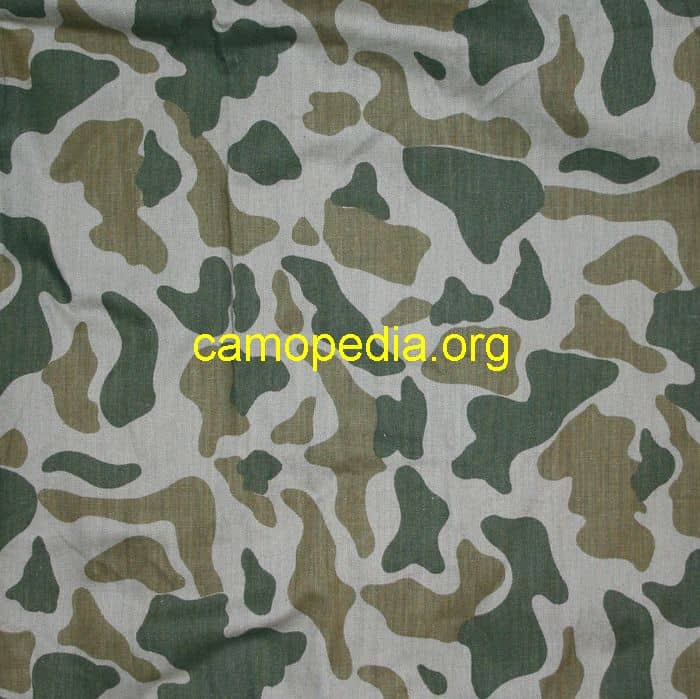
A variation of the above said is this blue version, which appeared with units from the "Vietnamese Navy," including special units and local security units.
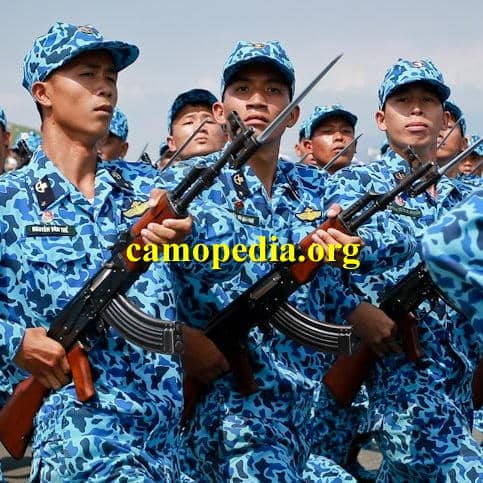
Introduced sometime in the 1990s (most probably in 1994), this camouflage pattern with green leaves bears the name "quân đội" ("Army"). Several color variations that are well-documented by history were created. They were in service with the VPA long into the 1990s. Although the painting on these camouflage patterns differs incredibly, the combination of three colors and their overall appearance suggests that they were likely influenced/possibly even fully based on the tricolor Russian camouflage "Soviet 1980 TTsKO" (tricolor design).
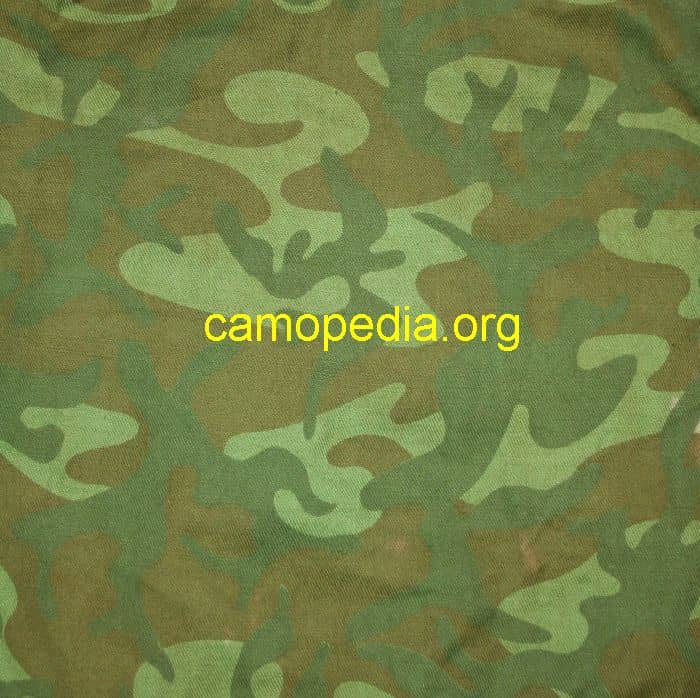
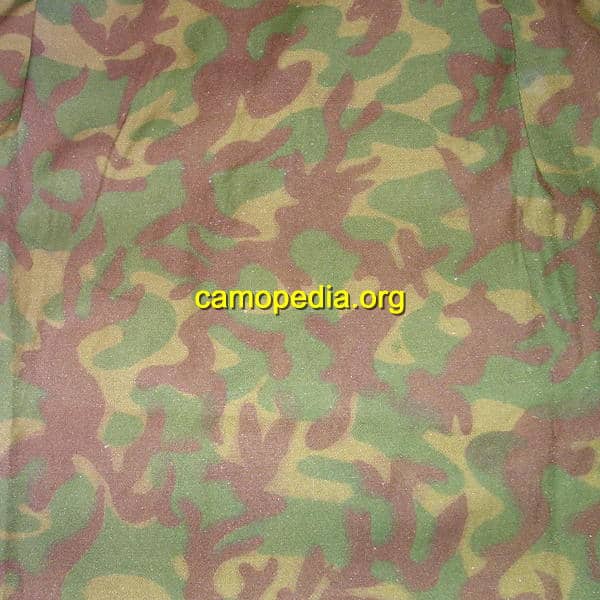
As for this camouflage element, it is of Chinese origin and dates back to the 1990s. It is logical and confirmed that these things are locally produced from imported Chinese fabrics and worn by some VPA members.
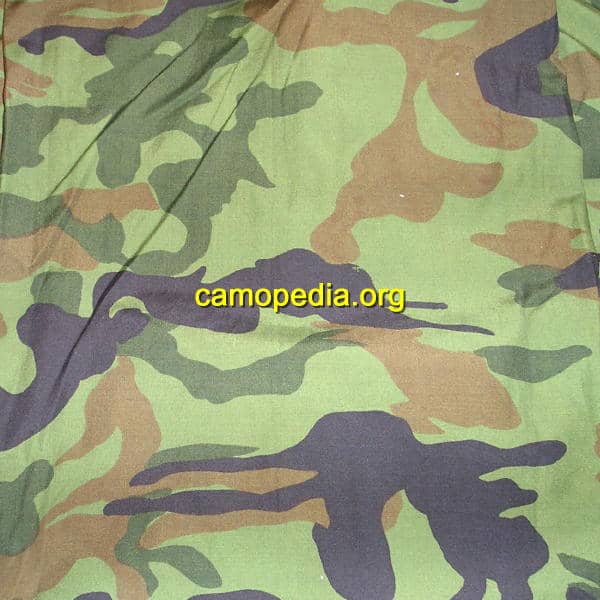
In the mid-nineties, "đặc công" (special forces) members appeared with this camouflage uniform, which resembled what "ARVN" units wore in the 1970s. These uniforms, however, were sewn in the typical "VPA" style, and the fabric weight and colors suggest that it was not (and is not) just a simple copy but an original fabric leftover from the Vietnam War.
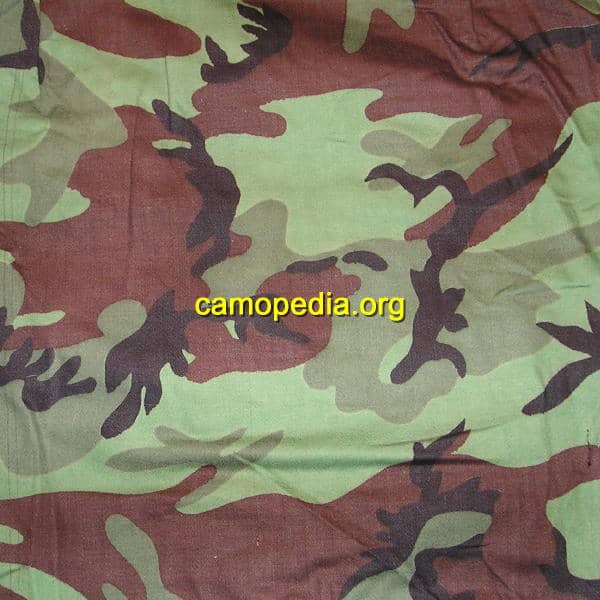
And here is one of those significantly prolific types of camouflages seen in the VPA, known as the "K94 Tiger Stripe" hybrid camouflage. It features a print consisting of bamboo leaves and is nicknamed "Lá Tre." This design was used by the VPA from 1994 to approximately 2007. It exists in several color variations again.
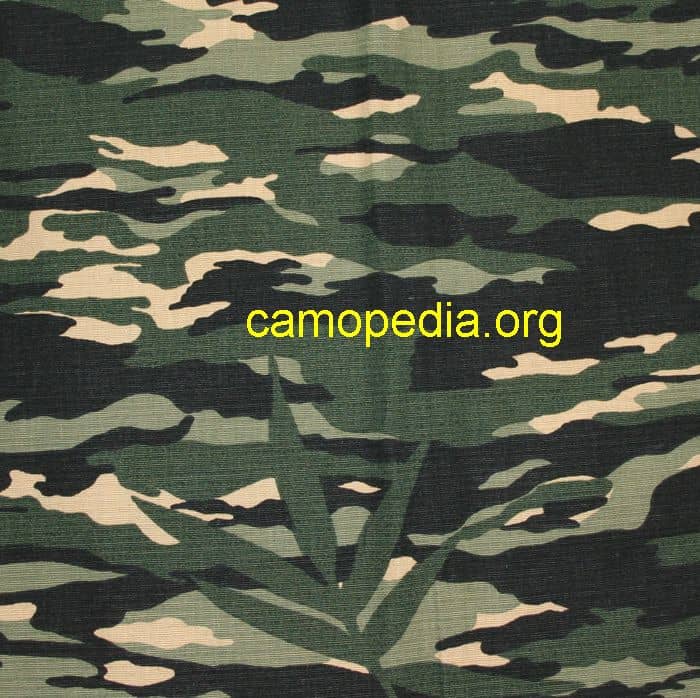
Another variation of the leaves from the 1990s is this "yellow leaf" or "mustard leaf." This too, paradoxically, is still in circulation with some VPA units.
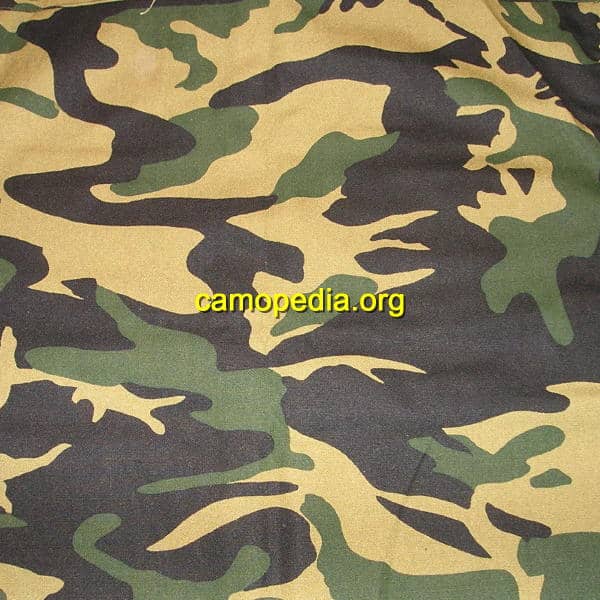
Here is another color variation of the above-shown camouflage pattern. This type has a dark green, ochre, and dirty white backdrop/base. And this piece is still in action.
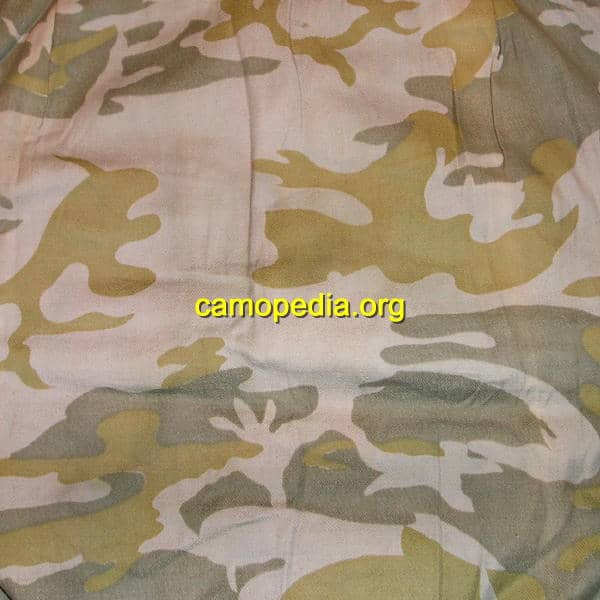
And yet another variant, which in this release is black, green, and white-based. This dates back to the late 1990s.
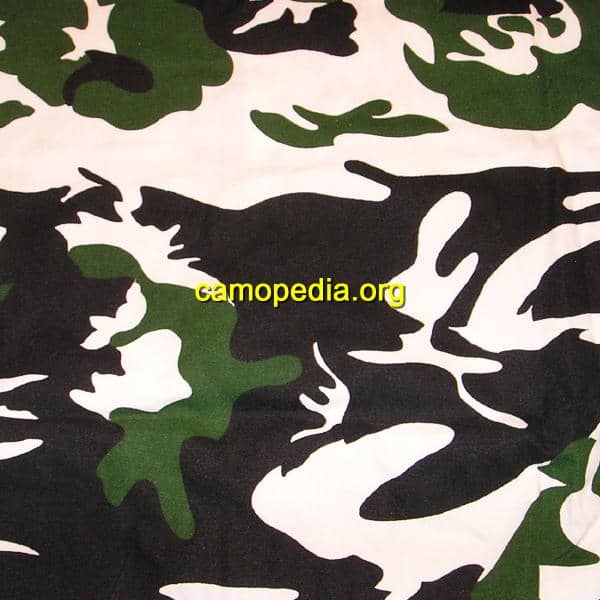
Here we have another forest camouflage pattern, adopted by the VPA in 2007 and named "K07." Once printed on the uniform, it becomes evident that this camouflage is clearly of a much more modern style. It is often called "Lime woodland." As you can see, this type has a black, brown, green, and lime green base. Today it is not just worn by the "special forces" but by the entire military force.
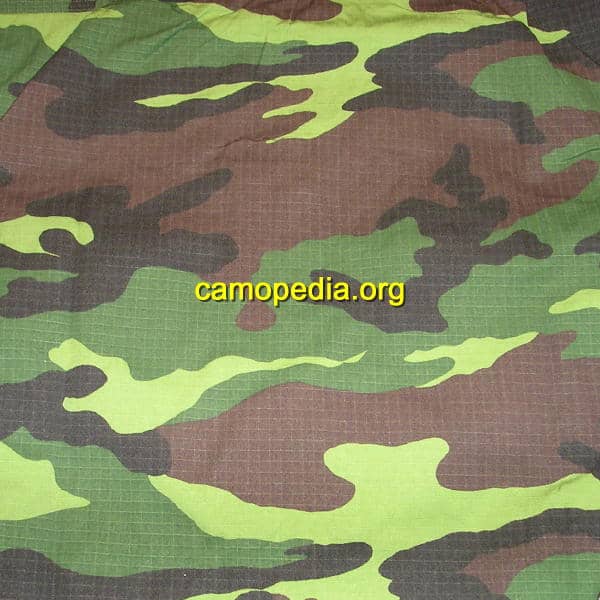
The "Vietnamese Coast Guard" also wore this locally produced "Forest type," but in which all colors have a very blue alternative tint. This camouflage was worn by some members of the local naval marines, of course still those from the "Socialist Republic of Vietnam."
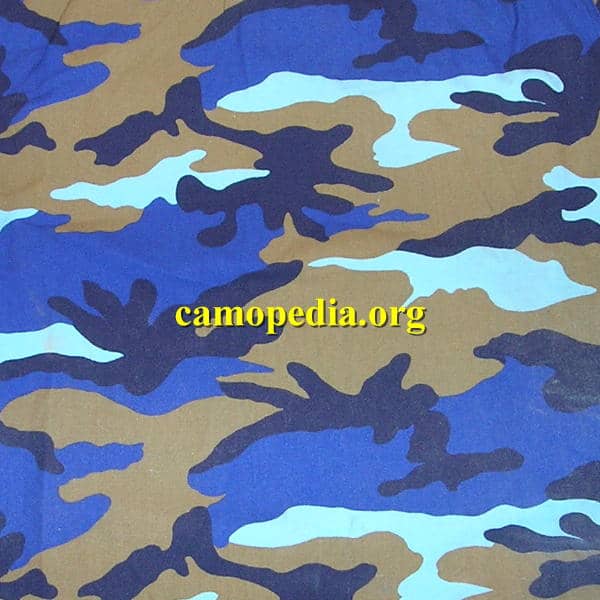
The "Vietnamese Socialist Air Force Section" also wore this variation of the "forest" camouflage. It was distinguished, among other things, by an extra very pale blue element.
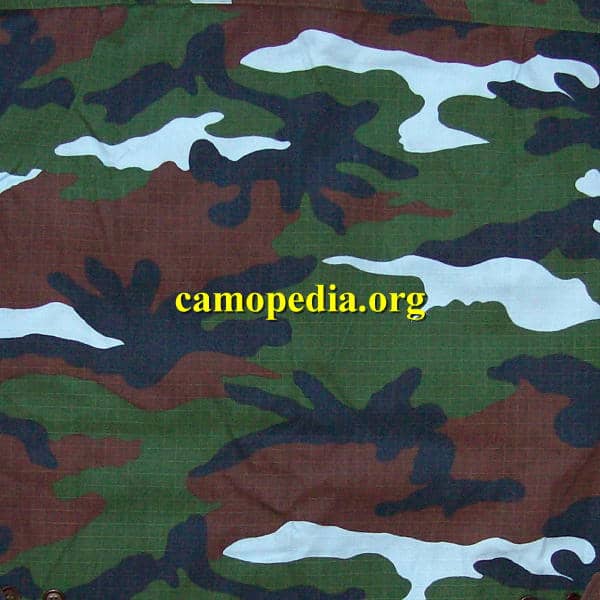
Members of the "Vietnamese Marine Brigade" also appeared in public in this interesting outfit. It's a perfect replica of the "US m81 Woodland" type (most of this clothing seems to be some kind of raincoat/poncho/rain protection (some say it's possibly a copy of the "ECWCS" issued by the US military)).
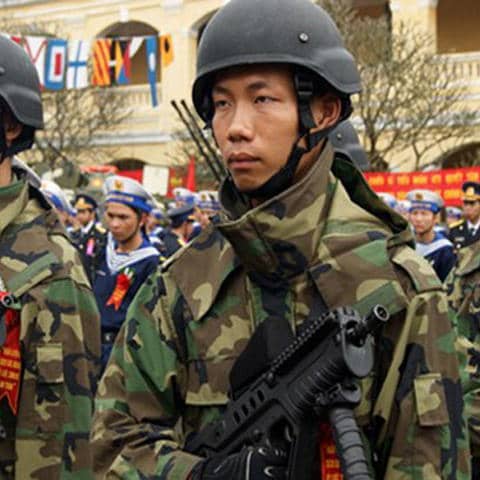
At least five more camouflage patterns from Vietnam's military history and camouflage are known, but it is not yet clear where each belongs and how to orient within them. For this reason, they will not be mentioned, as we would not yet add any further valuable information about them.






































































































































